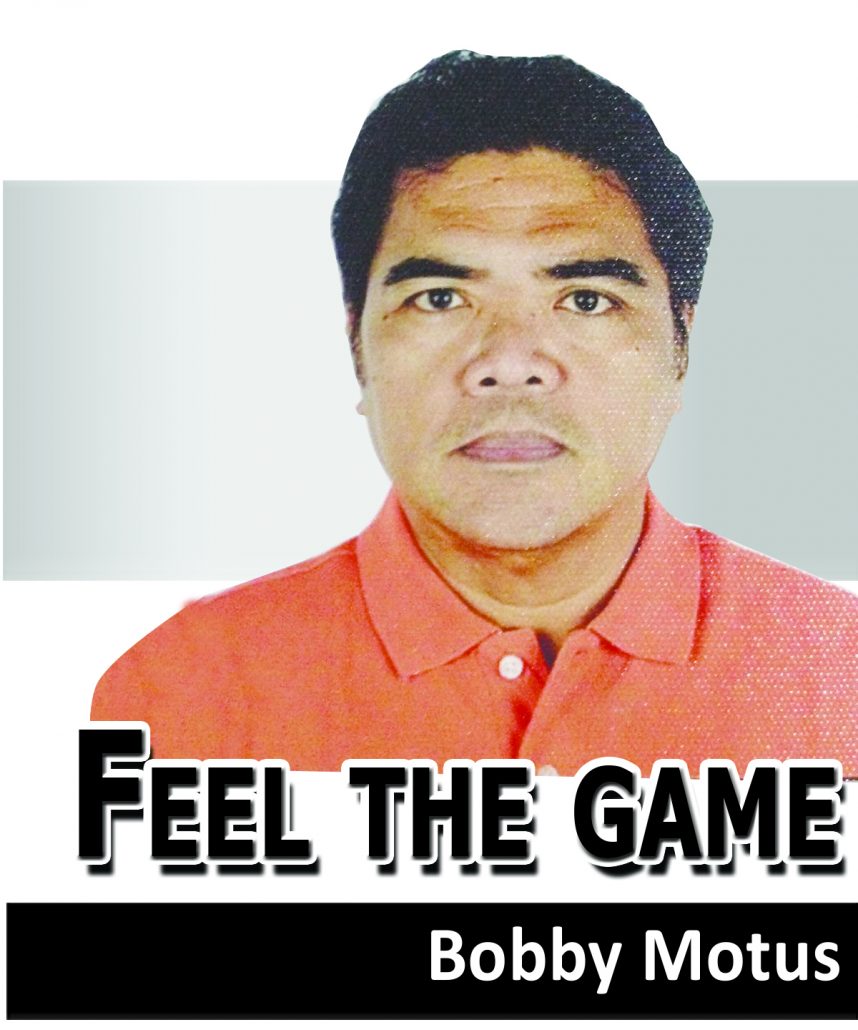 I REMEMBER during the early ‘80s when VCRs were still in. Every weekend we used to rent some wrestling tapes and together with my father and brother watched Jimmy Snuka, Hulk Hogan, Andre the Giant and other wrestling legends fly, slam, kick and do whatever to their adversaries, to the horror of my mother.
I REMEMBER during the early ‘80s when VCRs were still in. Every weekend we used to rent some wrestling tapes and together with my father and brother watched Jimmy Snuka, Hulk Hogan, Andre the Giant and other wrestling legends fly, slam, kick and do whatever to their adversaries, to the horror of my mother.
The matches before, more often getting bloody, were decided depending on who was the better talent, in whose direction the match was going, and who had the better crowd response.
Matches today are different. We all have seen these muscled athletes show their stuff complete with the facial contortions resembling torture. Yet, after all the “pain and agony”, especially the vanquished, they always come out ok, with the requisite limp. Why? Because everything is done according to script that details everything from the writers’ room then to the chairman’s room then and down to the ring.
In separate articles written by Jonathan Snowden and Brendan Morrow, we get an inside look at how the matches we see on TV are written.
The WWE have a team of at least 20 writers coming from diverse backgrounds in theater, movies, soap operas and former wrestlers that write the scripts for Raw and Smackdown episodes. These creative writers make the lines that lead to the concept of the show a week before an episode is shown on TV.
The creative team meet several times and exchange ideas for the next show. These ideas are then presented to lead writers for development. They then send the script to WWE top man Vince McMahon for approval and final decision.
The approved script is then presented to the talents and their agents scheduled for the next show. Main event talents are given the chance to share their thoughts on the script. The process is a collective effort and McMahon considers all the ideas and suggestions but in the end, he has the final say.
The creative team then refines everything and have the finished product ready for airing to at least five million viewers a week. But it’s not actually done because the script can still be revised. WWE’s EVP for Talent, Live Events and Creativity Paul Levesque says, “We’re tweaking that thing till it’s out the door. It’s not done until it’s live and even then, it’s living and changing.” What is scheduled to happen can be changed right up to the moment it occurs.
Levesque should know what he’s talking about. He’s the wrestling legend we all know as Triple H. He added, “The story is the magic and the truth is, though all of our storylines have to end up back in the ring and the wrestling part has to deliver…we’re not boxing…it’s about characters and their relationships. That’s a storyline. We’re more like the Rocky movie than we are like a sport. The storylines are what’s important.”
Show time comes and the wrestlers receive the scripts on the day itself. They will know who would be the designated winner of the match, how the match is going play, how long the match will take and how the match is supposed to end with all the pre-designed dramas in it.
Wrestlers work with each other and improvise with constant direction from the referee. But sometimes, wrestlers can go off-script. They so get carried away that they do something that could injure opponents not included on the script, which could get them fired from the WWE.
The WWE watches their stable of wrestlers closely and choses whom to build up as the next star. Taking into consideration fan support, management then waits for the right moment to drum up promotions. A storyline is then made based on the way fans had supported a particular wrestler.
Having projected a wrestler as a good guy underdog, naturally it needs a villainous counterpart and usually to drum up more hype, the McMahon family comes into the picture and becomes the evil anti-hero.
McMahon’s daughter Stephanie, who is the company’s Chief Brand Officer, sometimes appears as a villain, ably backed by Triple H. “What we do is a form of method acting. We try to make the situations as real as possible. I know when I’m performing I absolutely try to become my character”, she said. She’s so convincingly real in her roles that fans find it hard to distinguish reality from acting.
Triple H added, “The whole idea is for people to feel bad for (for a wrestler) because of what we said. To have sympathy for him and want to see him shut us up. When we can do something that make people forget that someone wrote this, that’s the art form of what we do.”
We’re seeing different kinds of athletes, ones who can act and take a beating, both verbal and physical. We’re enjoying the spectacle called the WWE, the World Wrestling Entertainment./PN

